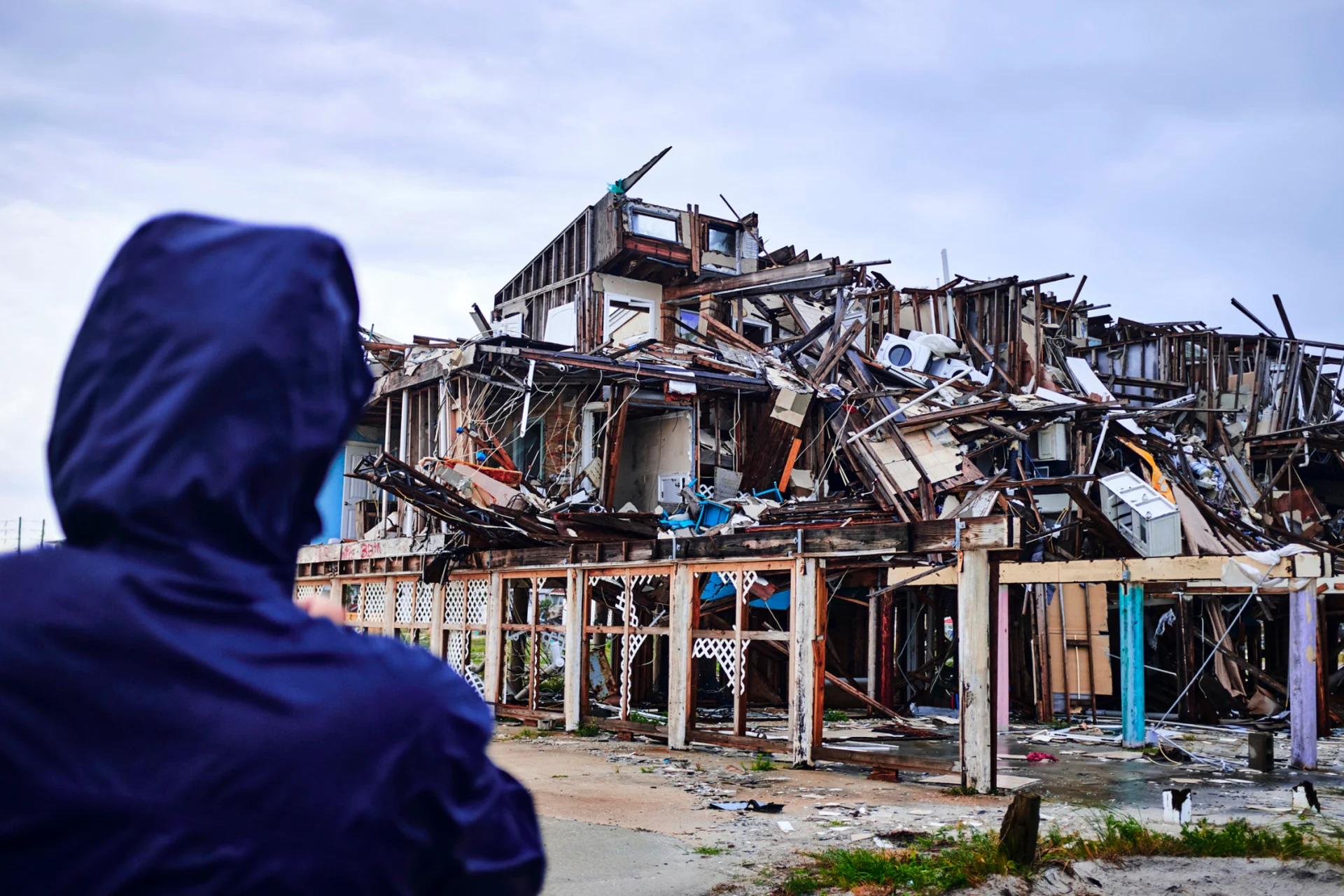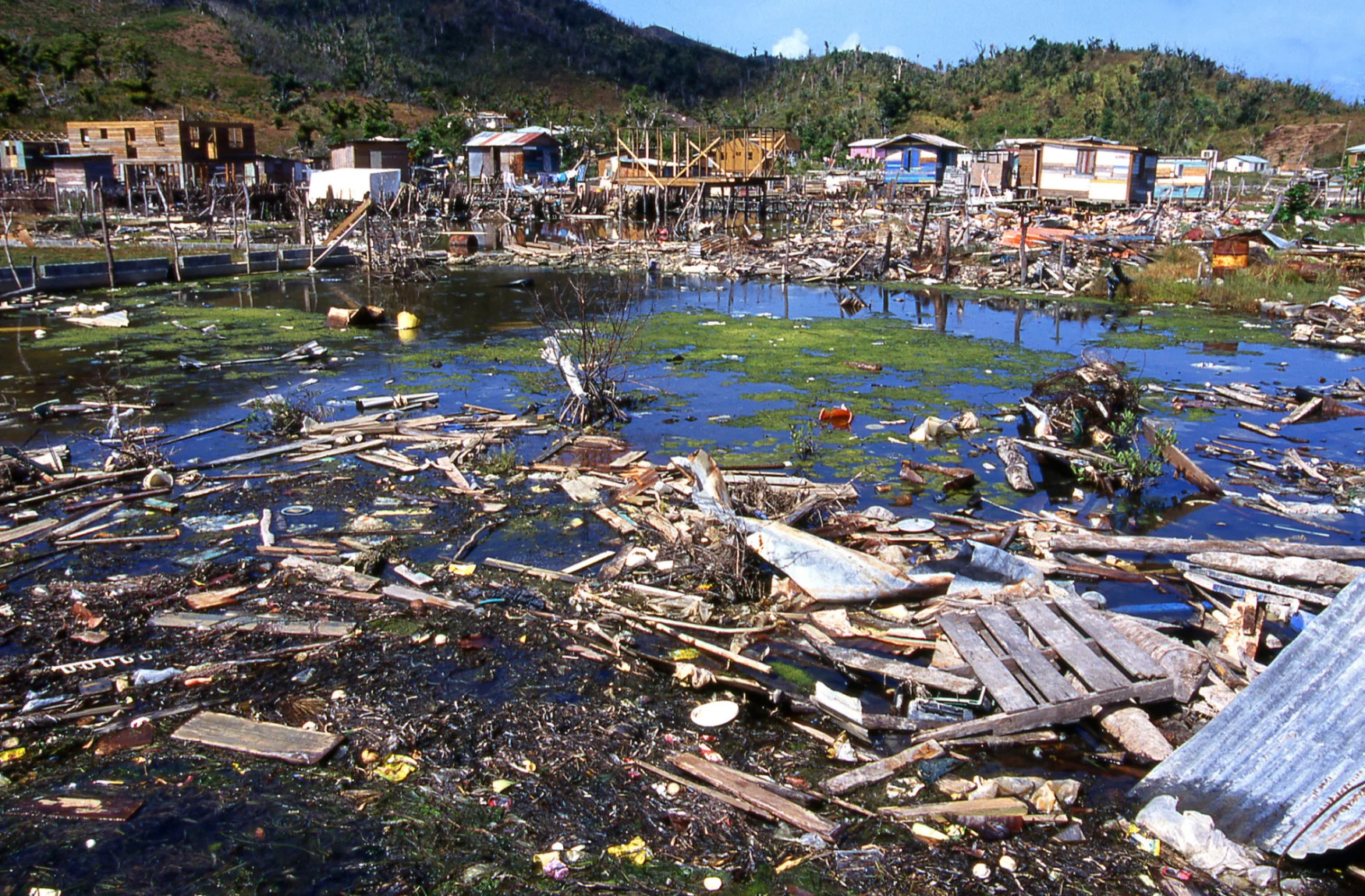
Forecasting can reduce human impacts from extreme weather events, experts say
The World Food Programme is using meteorological forecasting to increase the support given to populations that will be impacted by a severe weather event.
The World Food Programme (WFP) says that droughts, storms, and floods are increasingly putting lives at risk and are eroding development due to warming global temperatures.
WFP’s Canadian spokesperson, Julie Marshall, tells The Weather Network that climate change is one of the main drivers of global hunger. Marshall says over the past two decades there has been a 500 per cent increase in the number of countries exposed to multiple types of climate extremes.
Heat waves, pest infestations, and rising sea levels, are also detrimental impacts that climate change is having on global populations and food systems.

Destruction from Hurricane Mitch (1998) in Savanna Bight village, Guanaja Bay Islands, Honduras.
The Weather Network spoke to the WFP about Forecast-Based Finance, which is an organization that uses long range forecasting and pre-emptive action to help vulnerable countries better prepare for floods, droughts, and cyclones. This organization works closely with WFP's Emergency Preparedness and Support Response Division to help manage severe-weather risk assessments on vulnerable populations.
Watch the video above to learn more about how forecasting can help aid global populations before severe weather events strike.
Thumbnail credit: Atelier Knox. Cavan. Getty Images

